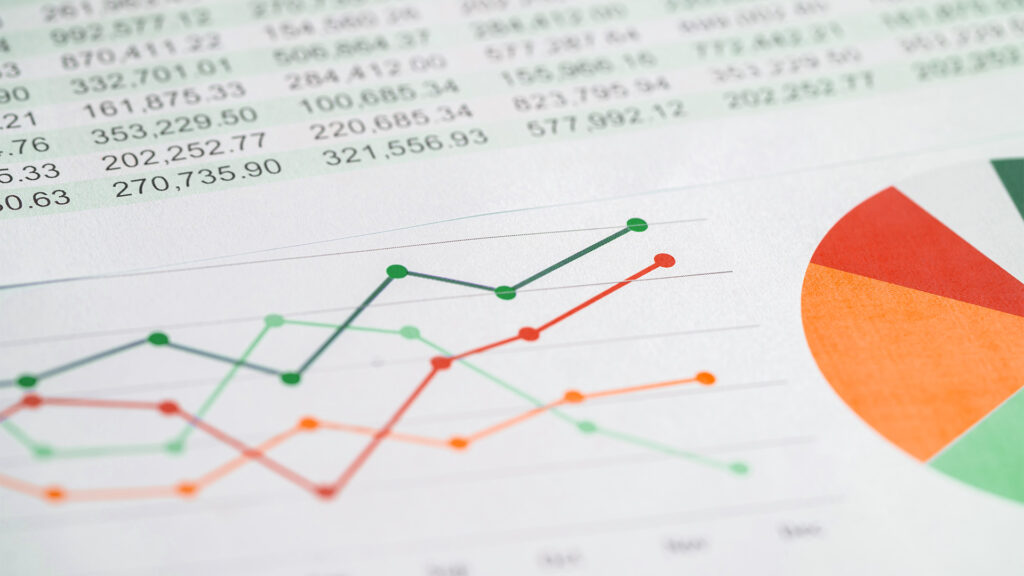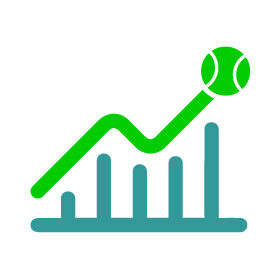Table of Contents
ToggleChoosing Your Battlefield in the World of Sports Exchange Markets
In the bustling world of sports trading, it often feels like you need a split personality to succeed. On one hand, there’s the quiet, methodical researcher, poring over data for days. On the other, there’s the sharp, instinctive operator, making split-second decisions in the heat of the moment. These two personas represent the two fundamental arenas of trading: pre-match and in-play.
While both aim for the same goal—to profit from the shifting odds on an exchange —they are as different as a game of chess and a high-stakes poker match. Understanding this distinction isn’t just academic; it’s the very foundation of building a strategy that fits you, your temperament, and your life.
The Calm Before the Storm: Pre-Match Trading
Imagine being a detective. Your job is to gather clues, analyze evidence, and build a case before the main event even happens. That, in a nutshell, is pre-match trading. This discipline involves opening and closing all your positions before a single whistle is blown or a ball is kicked. Your profit or loss is determined entirely by your ability to predict how the market will react to new information. This isn’t about predicting the winner of the game, but rather predicting the movement of the odds themselves. The work is done in the quiet hours or days leading up to an event, driven by a constant flow of news and data.
The most powerful catalyst here is team news. Let’s say Manchester United is playing Chelsea. If news breaks an hour before kick-off that two of United’s star players are unexpectedly out, the odds on Chelsea to win will shorten, and United’s odds will drift. The pre-match trader’s goal is to anticipate this shift and get into the market before the news is widely known, capturing the price movement.
This means the primary danger is not a random goal, but a flawed analysis or being too slow to react to a news story. It’s a world of analytical risk, where success comes from superior research and interpretation. Patience is your greatest virtue, and your edge comes from knowing something—or interpreting it better—before the rest of the market does.
Riding the Waves: The Thrill of In-Play
Then the game starts, and the entire landscape transforms. The calm, predictable world of pre-match analysis gives way to the chaotic, thrilling, and often violent torrent of in-play trading. Here, odds don’t just drift; they snap, crash, and surge in response to real-time events on the field. A single goal in football, a break of serve in tennis, or a red card can cause massive, instantaneous price swings. This is where the trader becomes a reactor, not a forecaster. The focus shifts from long-term prediction to immediate interpretation and execution.
Perhaps the most famous in-play strategy is the one known as “Lay the Draw” (LTD) in football, a method explained in depth by trading experts like Bet Angel. The principle is simple: you bet against the match ending in a tie. If a goal is scored, the probability of a draw plummets, and the odds on the draw shoot up. You can then place an opposing bet to lock in a profit, regardless of who ultimately wins. But it’s not always that straightforward. A crucial complication is when the underdog scores first. This is the essence of event risk: a sudden, unpredictable occurrence that can turn a great position into a losing one in a heartbeat. It’s an environment that demands focus, discipline, and a deep, almost intuitive understanding of the sport.

It’s Not Just What You Do, But How You Do It
The difference between these two styles goes far beyond the timing. It gets to the heart of the risk, the potential reward, and the very skills required to succeed. Pre-match trading is generally considered a lower-risk endeavor. The price movements are smaller, often just a few ticks, which means profits per trade are modest. To make substantial money, you either need to use larger stakes or accumulate a high volume of small wins. The trade-off for this lower risk is a much more intensive research process, demanding hours of preparation for a single event.
In-play trading is the mirror image. The inherent volatility creates opportunities for much larger profits in a shorter time, but it also exposes you to much higher risk. A position can be wiped out in seconds. It demands less upfront research but requires absolute, unbroken focus during the event itself. Honestly, the decision-making is relentless. This fundamental difference in the risk/reward ratio means that the two styles attract very different kinds of people. One is not inherently better, but one will almost certainly be better for you.
Finding Your Groove: The Trader in the Mirror
Success in this field often comes down to a simple, yet difficult, act of self-awareness. You have to match your strategy to your personality. Think of it as being either an “Analytical Trader” or an “Instinctive Trader.” The analytical trader thrives on data, spreadsheets, and logical frameworks. They are methodical, patient, and love the process of deep research. Their happy place is the pre-match market, where they have time to make decisions without pressure. Their edge comes from being more rigorous and prepared than everyone else.
The instinctive trader, on the other hand, excels at rapid pattern recognition and making judgments under fire. Their “instinct” isn’t a guess; it’s a refined expertise built over thousands of hours of observation. They can feel the flow of a game, sensing a shift in momentum before the statistics confirm it. This cognitive style is perfectly suited for the fast-paced world of in-play trading. The biggest point of failure for many traders is a mismatch: the analytical person trying to make gut-feel trades, or the instinctive person getting bogged down in spreadsheets. Knowing yourself is the first step to finding your edge.
The Best of Both Worlds
Here’s the thing: when you look at what the most successful traders do, you quickly realize the “pre-match vs. in-play” debate is a false choice. The true professionals don’t live exclusively in one world.
Instead, they operate with a hybrid model, creating a synergistic approach that combines the strengths of both. They use the slow, deliberate pre-match phase for what it’s best for: deep research and analysis to create a “watchlist” of high-probability opportunities.
Then, they use the in-play market as a trigger. For instance, a trader’s pre-match analysis might identify a strong home favorite as a great candidate for a trade. But instead of betting at kick-off, they wait. If the game is still 0-0 after 60 minutes and the live stats show the favorite is utterly dominating, they can enter the market at much better odds than were available pre-match. They used pre-match rigor to find the “what” and in-play patience to find the perfect “when.” This integrated method allows for the analytical confidence of pre-match research combined with the superior entry points offered by in-play volatility.
Ultimately, the journey through sports trading is one of personal evolution. It’s not about finding the one “perfect” strategy but about building a toolkit that works for you. The path often begins with specialization—mastering one market and one strategy in a lower-risk environment.
But the end goal is to develop an adaptable methodology, all while being anchored by the universal principles that separate professionals from gamblers. Chief among these is disciplined risk management, a concept well-understood in financial markets and just as critical here, as explained by Investopedia. In a game of probabilities, protecting your capital isn’t just one part of the strategy; it’s the only thing that ensures you can stay in the game long enough to win.





